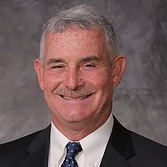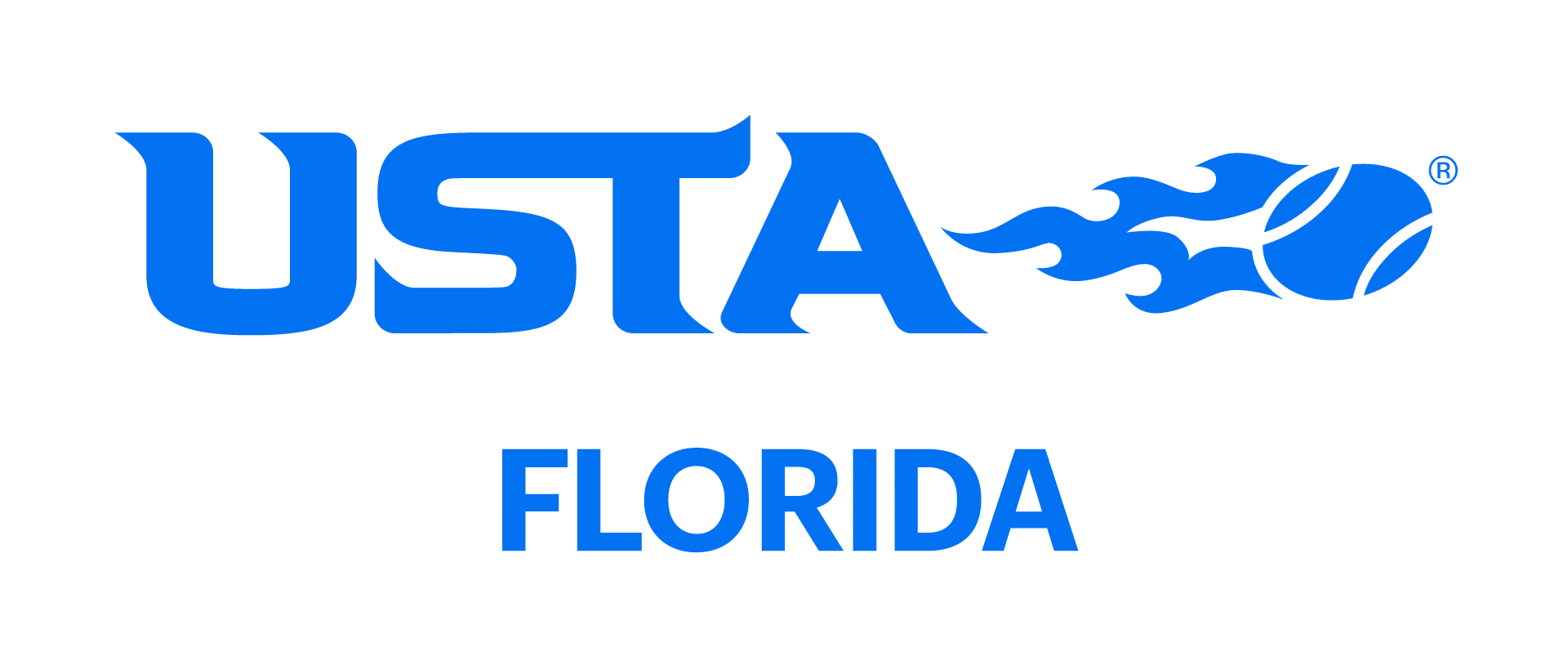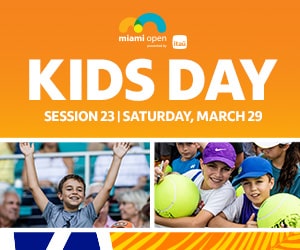July 26th, 2019
USTA Florida President’s Message: Back-to-School Tennis
By Clark Higgs, USTA Florida volunteer president

As the tennis industry struggles to reverse the trend of declining numbers of new players (along with virtually every other physical sport/game activity), I would estimate that we have missed perhaps as many as two generations of young players as we rested on our laurels and enjoyed a huge amount of success from the tennis boom era.
Over the course of the last 10-plus years (since the most recent recession,) the industry has changed its mindset to refocus on recruiting younger players. Part of that process has involved the use of equipment that is more appropriate for these younger and smaller players. Shorter and lighter racquets, low-compression balls that don’t bounce over kids’ heads every time they try to hit them, and shorter courts (of varying sizes based on age). Perhaps most importantly, putting kids together on these courts to play in constant motion instead of standing in a single line at the back of the court where they might run to the baseline, hit one or two balls and then retreat to the back of the line at the fence. While these changes certainly help, they biggest challenge remains — getting the youngsters off the couch, taking the phones and tablets out of their hands and replacing them with racquets and balls. This is the point at which the school and after-school programs become critical.
School and after-school programs fall in the Community Tennis Department at USTA Florida, headed by Danielle Gooding, director of community tennis; Magali Holt-Lundgren, community play coordinator; and Susan Allshouse, a longtime Florida volunteer and schools provider. The pathway begins in the schools with physical education classes, and progresses to after-school programs coordinated with and by tennis provider/volunteer partners from the Net Generation program to create a variety of play opportunities, ultimately leading to team play (think Junior Team Tennis again) and tournaments.
The USTA has developed numerous resources which are provided to all of these parties to encourage involvement. From curriculum for grades K-12 to video demonstrations for teachers to team-play manuals, we are trying to make these programs easy and inviting to the kids. There are also school equipment programs for every level in order to facilitate implementation of these programs. They include racquets and balls suitable to the specific ages of the participants and portable nets for indoor or outdoor use.
The primary focus is on creating life-long recreational players by emphasizing both the long-term health benefits of playing tennis, and the mental and physical development aspects provided by the game. We all work hard every day to grow the game but there is much more work to be done to fill the pipeline with new players. We need any help we can get from our existing and former tennis players within the section…
I hope that each of you is having a great summer of tennis. If you would like to get involved in growing the game through the school and after-school programs, please let us know by going to www.ustaflorida.com/volunteers to complete the online volunteer registration form. You can also follow the links under Family & Community on that webpage for more information about these programs.
Don’t forget to follow USTA Florida on Facebook, Twitter and Instagram too. In the meantime, I will look forward to seeing you “on the courts.”


